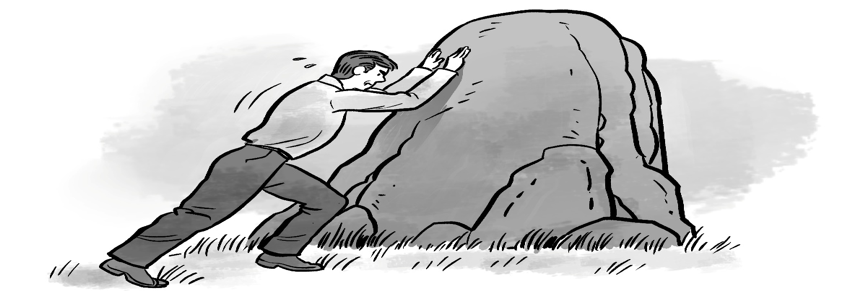All agile teams have some level of knowledge transition happening in different levels. It could start with one member coming in new or a specific module or feature within the product. Of course within the knowledge industry context is the crucial part and hence its important that every type of transition is conducted in a timely manner. This blog is to talk about various types of knowledge transition and the best practices
Three levels of knowledge transition continues to happen in a self organising team
A. Role Transition: Transitioning roles within teams such as developer to analyst, scrum master transition, analyst to developer, any new team member onboarding
B. Team Expansion: Transitioning knowledge inter teams such as bringing a new team upto speed, domain or technology
C. (Large) Team Expansion: Handing over Transition such as one vendor to the other, one geography to the other
Role Transition
Following are the important practiced that I have see to make it effective
- Team capacity ( & thus Velocity) is appropriately taken into account during the time of the transition.
- Period of transition is agreed by creation of a plan, understood and agreed by team
- Any new personnel change brings a shift in the team dynamics. Hence understanding of the roles & responsibilities should be rehashed
- Based on the demonstration as well as review feedback should be given to new member(s) individually
- Openly discuss in the retrospective on what went well and capture key learnings.
Self organizing teams will find ways to settle into a rhythm!
Team Transition
- Recommendation is to follow a two phase transition with knowledge transition followed by a assisted phase for one or two stories
- Stories written to carve out the scope and created, agreed by the two teams
- Sprint review /Demo Focus on learning and width of knowledge rather actual story completion. Doneness criteria should be modified during this phase
- Modules to be sliced small so that it includes KT, assisted phase across requirements, dev and implementation
- Adaptive planning in the end of the sprint to be created with inputs from the feedback
- Retrospective within team as well as inputs from the team providing transition
Large Transition
- Three phased approach with Knowledge transfer, Assisted phase and Primary phases.
- Knowledge phase with modules planned in a way to capture the ‘T’ based learning go width first and decide the depth
- Assisted phase would be the period where teams take up actual stories to develop with inputs from the team providing the transition. This helps in getting hands on
- Primary phase where new team(s) take responsibility of delivery with active feedback
Key areas that should be taken care are
- Travel planned for each sprint according to the module/phase. Face to face communication is the most effective, particularly for the transition
- Adaptive planning in the end of the sprint to be created with inputs from the feedback
- Retrospective within team as well as inputs from the team providing transition
Optionally having a role as a transition manager similar to a product owner to manage access, escalation, metrics, culture and motivational aspects
A detailed presentation is here for your reference
http://www.slideshare.net/GayatriDeviKalyanara/effective-knowledge-transition-using-agile




